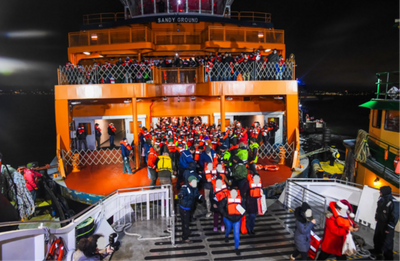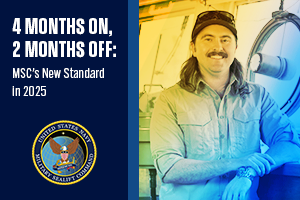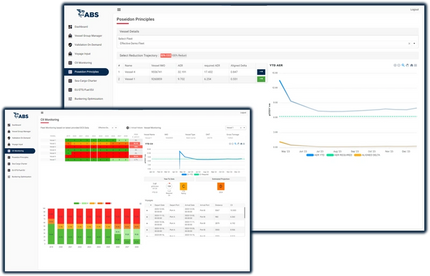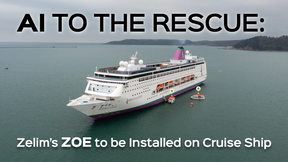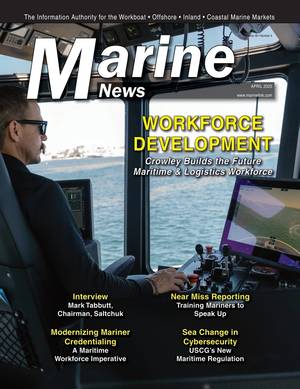Fire on Staten Island Ferry Caused by Design Flaw, Lack of Training
A 2022 fire aboard the Staten Island Ferry Sandy Ground was caused by a combination of engine design flaws and insufficient training for engineering crewmembers, the National Transportation Safety Board (NTSB) revealed on Tuesday.
The incident occurred on December 22, 2022, as the ferry, carrying 884 passengers, was navigating New York Harbor between Staten Island and Manhattan. The fire ignited in the engine room, resulting in $12.7 million in damages. Despite the severity, quick action by the crew and assistance from nearby vessels ensured the safe evacuation of all onboard.
Following its investigation, the NTSB issued a safety alert and five key recommendations, urging regulatory changes to the design requirements for diesel engine fuel oil return systems.
The fire was traced back to actions taken by the ferry’s oilers, who closed both day tank fuel oil return isolation ball valves to manage fuel oil levels. This closure caused the fuel oil system to overpressurize, rupturing the main engine’s fuel oil filters and leading to a spray of fuel oil that caught fire. The delay in shutting down the main engines exacerbated the situation by allowing more fuel oil to spray and intensifying the fire.
The Sandy Ground, one of three Ollis-class ferries commissioned by the New York City Department of Transportation, had been in service for only six months at the time of the incident. The Ollis-class ferries were initially built without fuel oil return isolation valves, which were added post-delivery to control day tank fuel oil levels. However, the vessels lacked a mechanism to relieve pressure in the fuel oil return lines when both isolation valves were closed, and the existing relief valves were not connected to independent return lines. These design shortcomings led to the system's overpressurization.
In response, the NTSB recommended that the U.S. Coast Guard update its marine engineering regulations to mandate that diesel engine fuel oil return systems on U.S.-flagged vessels either allow unimpeded return flow or include a pressure relief valve. Pending these regulatory updates, the NTSB advised the Coast Guard to provide interim design guidance for new construction diesel engine fuel oil return systems to prevent overpressurization.
Additionally, the NTSB urged classification society American Bureau of Shipping to advocate for these design changes within the International Association of Classification Societies to enhance global maritime safety standards.



